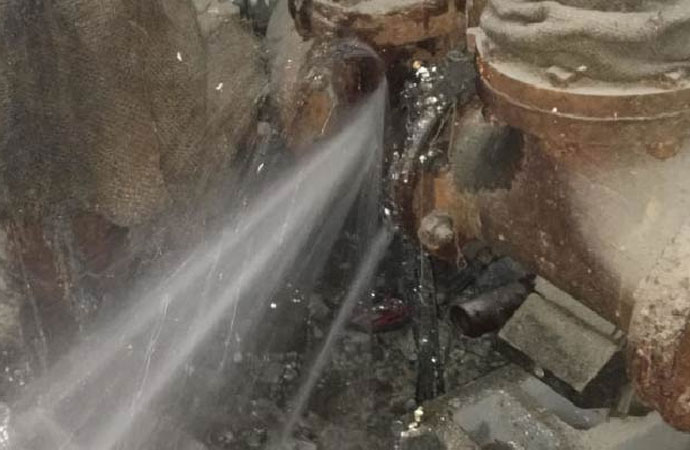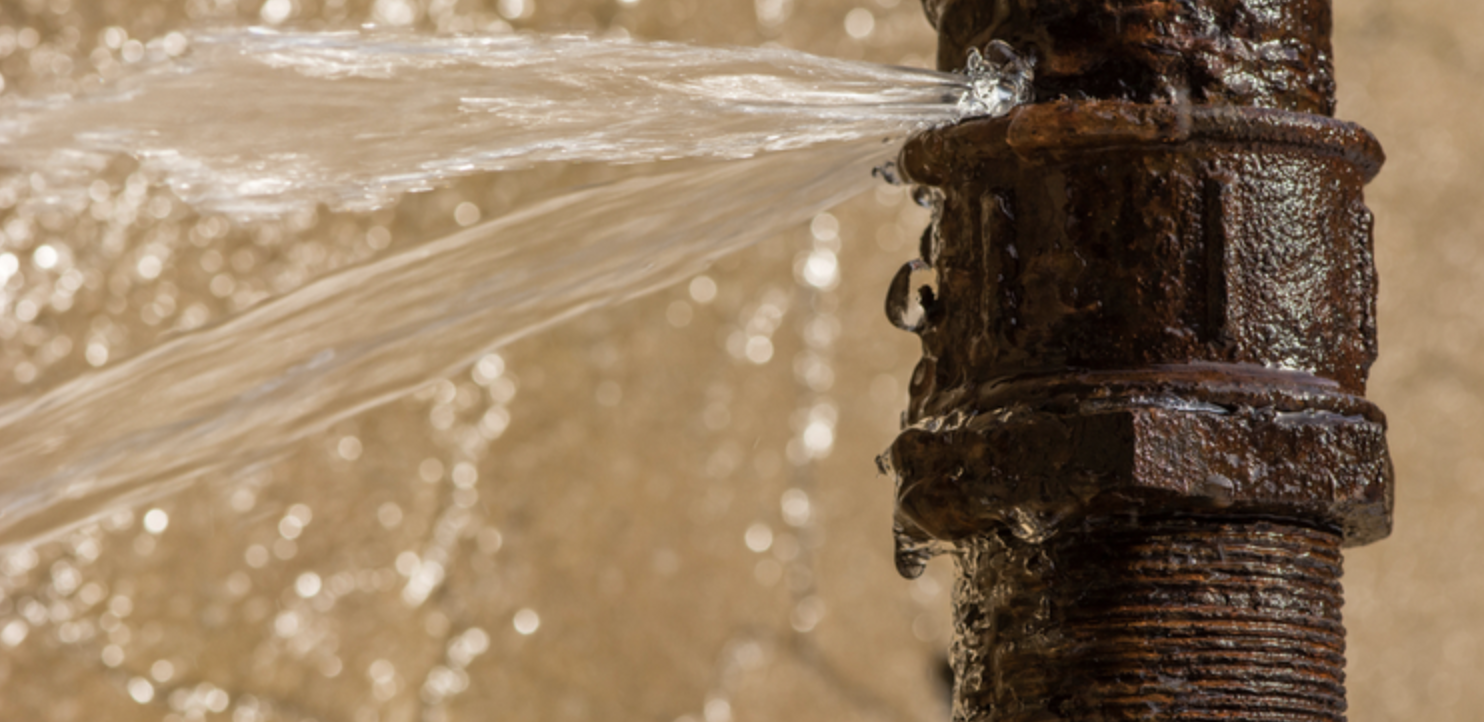Quick-Response Plumbing: Tips for Identifying and Dealing With Ruptured Pipes
Quick-Response Plumbing: Tips for Identifying and Dealing With Ruptured Pipes
Blog Article
We've encountered this great article pertaining to How to Install and Connect a New Dishwasher down the page on the web and accepted it made sense to discuss it with you on my blog.

A burst pipeline is a major emergency; you can only stand as you enjoy water you pay a lot to rejoin with the earth. In worse situations, you see a pool on your kitchen floor, which is an excellent journey hazard, especially if you have kids around. If the pipe that burst remained in your walls, trouble: you may need to paint that whole section.
Exactly how can a tragedy like a burst pipeline be stopped as well as taken care of? Well, by listening to your expert emergency plumbing professionals and following these policies.
Just how do I know when my pipes have burst?
Varying water stress
Pipelines do not just burst in a day. You might have seen that your kitchen tap or shower does not run instantly when you turn the tap. It might pause for a few secs and then blast you with more force than common.
In other instances, the water may appear regular at first, then decrease in stress after a few seconds.
Damp wall surfaces and water stains
Before a pipeline ruptureds, it will leak, a lot of times. If this relentless dripping goes undetected, the leakage may finish into a wide laceration in your pipeline. One very easy method to avoid this emergency is to keep an eye out for wet walls advertisement water stains. These water spots will lead you right to the leak.
Puddles under pipelines and also sinks
When a pipe ruptureds, the discharge forms a pool. It might appear that the puddle is expanding in dimension, and also no matter the number of times you wipe the pool, in a few minutes, there's one more one waiting to be cleansed. Commonly, you might not be able to trace the pool to any kind of visible pipelines. This is an indicator to call a professional plumber.
Untraceable leaking sounds
Pipeline bursts can occur in the most undesirable areas, like within concrete, inside wall surfaces, or under sinks. When the house goes silent, you might have the ability to hear an irritatingly consistent dripping sound. Also after you've examined your shower head and kitchen area faucet, the trickling might proceed.
Dear visitor, the leaking might be originating from a pipe inside your walls. There isn't much you can do regarding that, except inform an expert plumber.
Turn off the Water
When water ices up, it increases in quantity by about 9 percent. And it broadens with incredible force: The pressure inside pipelines might go from 40 extra pounds per square inch to 40,000 psi! No pipeline can hold that much pressure, so it breaks open. The break may happen where the ice types, however regularly, it takes place where water stress locates a weak point in the pipeline. That might be inches or perhaps feet from the icy location. Find the water shutoff valve and turn off the water to prevent more damage. You might likewise need to turn off the electrical energy also, relying on where the leakages happens and exactly how huge it is.
Polluted water
Many individuals assume a burst pipe is a one-way outlet. Rather the contrary. As water drains of the hole or tear in your plumbing system, impurities locate their method.
Your water might be polluted from the source, so if you can, inspect if your water storage tank has any problems. However, if your alcohol consumption water is supplied and also detoxified by the local government, you must call your plumber promptly if you see or scent anything funny in your water.
What do I do when I find a burst pipeline?
Your water meter will certainly remain to run even while your water wastes. To decrease your losses, locate the major controls and turn the supply off. The water mains are an above-ground structure at the edge of your home.
How to Fix & Detect a Leaking Pipe
How Do I Know if a Pipe is Leaking?
Leak detection tests can help you determine if your pipe has a leak. Even if you don’t see an apparent leak, you should still conduct leak detection tests regularly to save water and money—and prevent major damage to your home.
Water meter. It can be helpful to figure out what your usual water meter usage numbers are and then monitor them regularly. To monitor your meter, first, turn off all water faucets in your home. Check the meter and write down the numbers. In a few hours, check the meter again. If the numbers have changed, you have a leak. Water gauge. Use a water gauge to test your water pressure. Your showerhead should produce a certain amount of water pressure based on its model and design. If the pressure is lower than it is supposed to be for that specific showerhead, your home likely has a leak. Puddles. Look inside your bathroom, laundry, and kitchen sink cabinets. Puddles around the cabinets or around toilets, tubs, showers, and washing machines indicate the presence of a leaking pipe. You may also notice loose tiles, peeling or flaking paint, or mold caused by water accumulation. Napkin test. Even if you don’t see any puddles, you may still have a leak. You can test for water leaks in the bathroom, laundry, and kitchen by wiping below-sink connections with a napkin, paper towel, or piece of toilet paper. If it becomes damp, you probably have a leaking pipe under the sink. Discolored walls. Walls that are discolored—usually with brown or yellow stains—or bulging might mean that they have been impacted by water damage caused by a leaking pipe. Smell. A leaky pipe will create sitting water, and over time, that water may develop a musty smell. If your home smells musty, but you can’t locate the source, it may be due to a leak. Steps for Fixing a Leaking Pipe
A leaky drain can be remedied by tightening the pipe base, replacing the drain seal, caulking the rim, and tightening the pipe nut. Similarly, a leaking toilet pipe can be treated by tightening the packing nut. You may also need to replace the valve. A leaky faucet may just need tightening or replacement of the washers. If that doesn’t work, consider replacing your faucet. If your pipe has a hole in it, you may want to use a pipe leak sealer or pipe leak tape. This quick fix for water pipe leaks can also temporarily fix a copper pipe leak. https://www.ahs.com/home-matters/quick-tips/how-to-tell-if-pipes-are-leaking/

I discovered that piece of writing about How to Prepare for Your Dishwasher Installation while surfing around the internet. Kindly take a moment to distribute this post if you enjoyed reading it. We take joy in reading our article about How to Prepare for Your Dishwasher Installation.
Book Service Now
Report this page